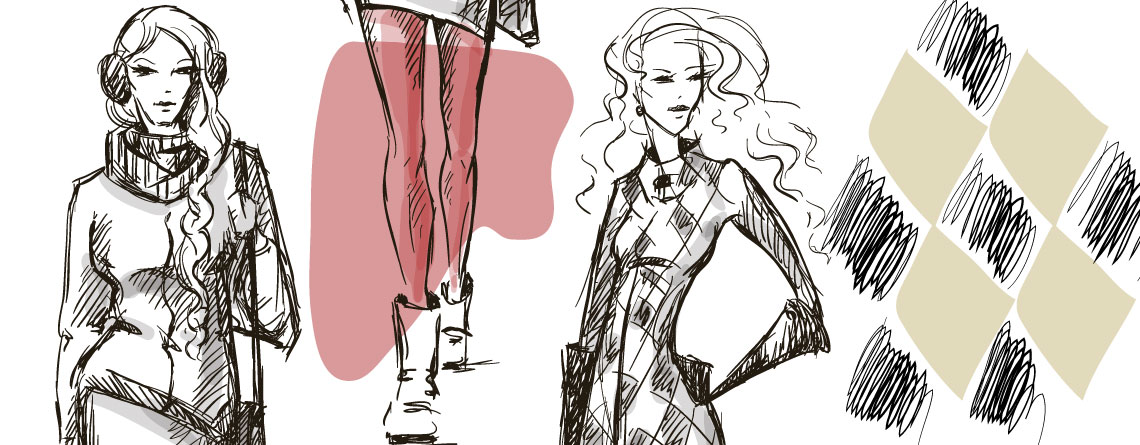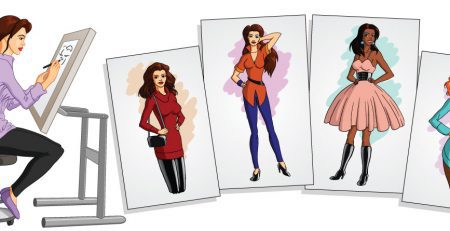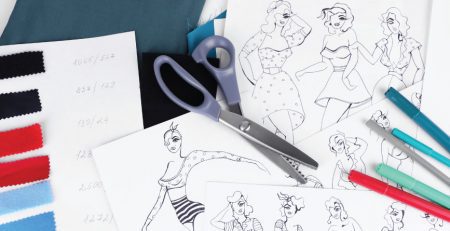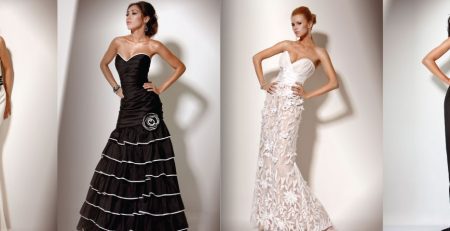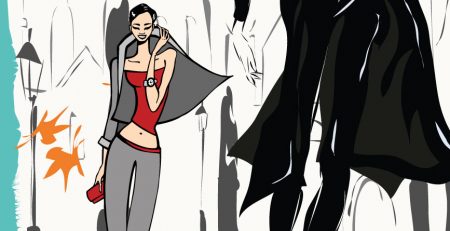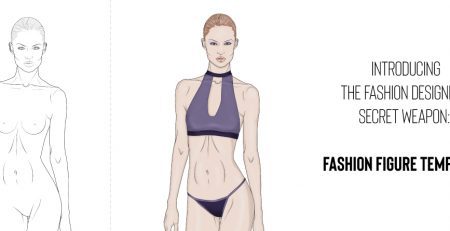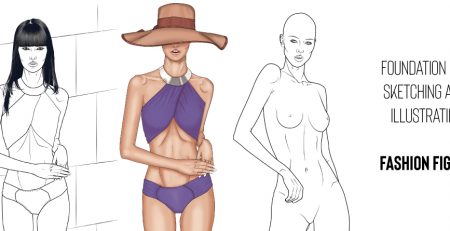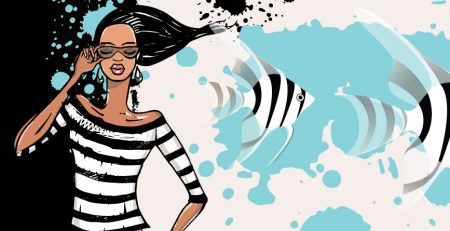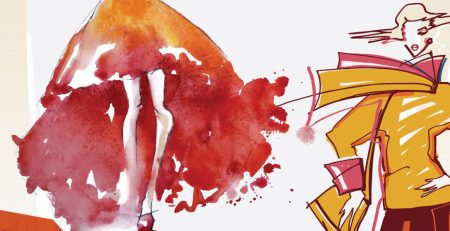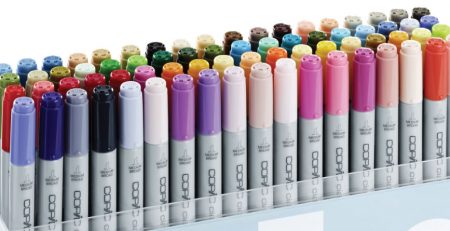Fashion Sketchbooks are the repository of a fashion designer’s ideas, observations and thoughts. Whilst there is no template for the perfect sketchbook (and they are not solely the preserve of fashion designers), a good fashion sketchbook should enable the designer to progressively record and document a series of ideas and inspirations through related visual and written material accumulated over time.
All sketchbooks evolve in response to changing influences and circumstances. The true value of a fashion sketchbook is in how the designer uses it to pause and reflect on their work in a meaningful way in order to continue to the next stage of the design journey. It can sometimes be difficult to fully comprehend this when starting out; there may be a temptation to fill up the opening pages with lots of secondary images but this will not lead to a personal sketchbook unless it starts to take on the personality of the user, rather like a personal diary or journal. A sketchbook should become as individual as your fingerprint and provide you with a growing resource from which ideas and concepts can be explored and developed without feeling self-conscious. Fashion sketchbooks also enable you to explore and develop your own drawing style; the book will build up over time and its resource value will increase. One of the most useful aspects of a sketchbook is its portable nature, allowing you to carry it around and enter quick thumbnail sketches or observational drawings.
Most fashion student sketchbooks are A4 size. However, there is no fixed rule on this as some students successfully work with A3-size sketchbooks. Sometimes working across a landscape A3 format can be useful for sketching A4-size fashion figures and developing preliminary line-ups. The smaller A5 pocket-size sketchbooks can be useful for discreetly carrying around; they also work well as fabric swatch books and for entering additional thumbnail sketches.

